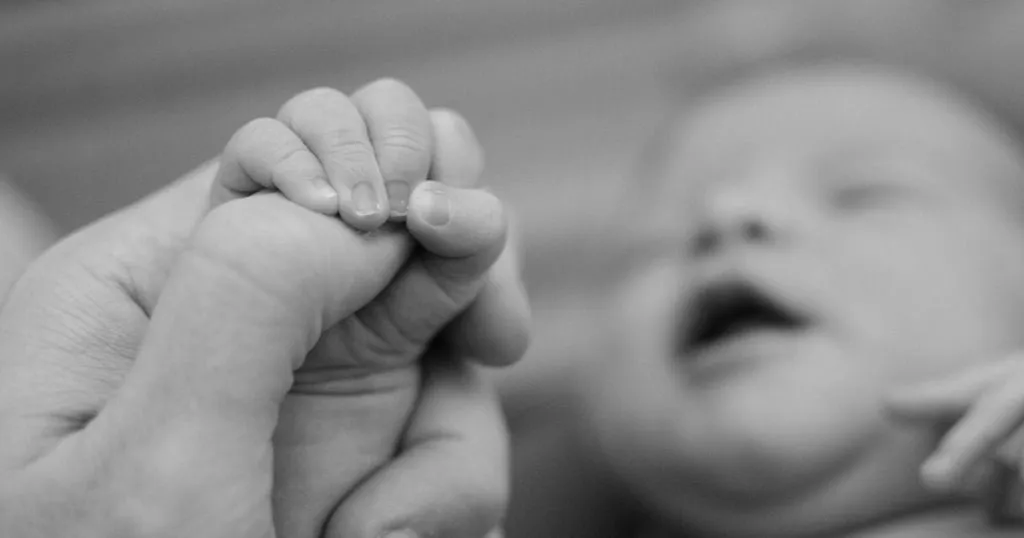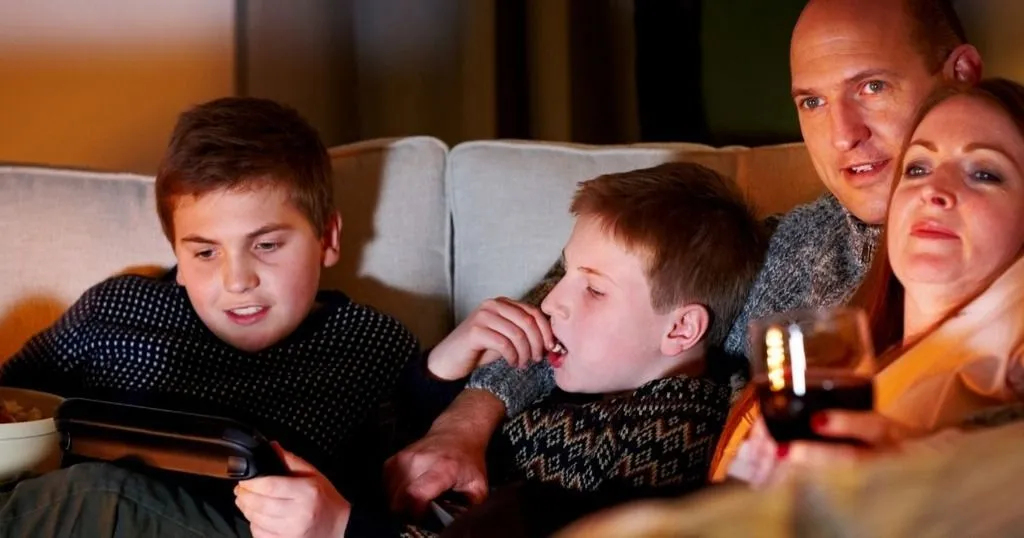Human Behavior Research blog posts

21 Dec
human behavior research
Healthcare
Investigating the relationships between the immune system and the brain
Our research group is investigating the relationships between the immune system and the brain in humans.

16 Dec
human behavior research
Healthcare
The effect of simulation-based obstetric team training
Dr. Truijens describes the positive effects of simulation-based obstetric team training on communication between health care professionals, clear leadership, and more.

23 Nov
human behavior research
Psychology
Comparing two different skin-to-skin contact techniques
Skin-to-skin contact is essential in developing a feeling of safety, and in creating the bond between parent and child, especially with premature babies. Buil et al. compared two kangaroo positioning techniques.

07 Nov
human behavior research
Consumer
The value of facial expression analysis in advertisements
José Chavaglia Neto and José António Filipe investigated the effect of one commercial on consumer emotion. They asked consumers to watch this commercial related to a specific brand.

01 Nov
human behavior research
Consumer
Marketing and market research blogs
Learn all about gamification in marketing, facial expression analysis, and the difference between self-report, qualitative research, and unobtrusive observations.

12 Sep
human behavior research
Psychology
How to measure infant behavior
In infancy you can observe an explosive growth. Many researchers focus on this age group. Think about studies aimed at learning more about speech behavior, maternal sensitivity, or learning behavior in infancy.

08 Aug
human behavior research
Psychology
Video-recording children with ASD in-home
Anne Kirby and colleagues studied sensory and repetitive behaviors among children with autism spectrum disorder (ASD). 32 children with ASD participated.

02 Aug
human behavior research
Healthcare
Implementing Tailored Activity Programs
Tailored Activity Programs (TAP) have been shown to have significantly reduce behavioral occurrences in dementia patients and improve engagement and positive behaviors.

28 Jun
human behavior research
Consumer
In-home video recordings provide measure for more objective comparisons
Edelson and her colleagues from the Nestlé Research Center in Sweden studied parent-child interactions during meal time using in-home studies.

02 Jun
human behavior research
Consumer
Declared vs revealed data
How do consumer researchers get valuable data? Consumer and market researchers can turn to observation and experimentation to observe consumers. Declared vs. revealed data.